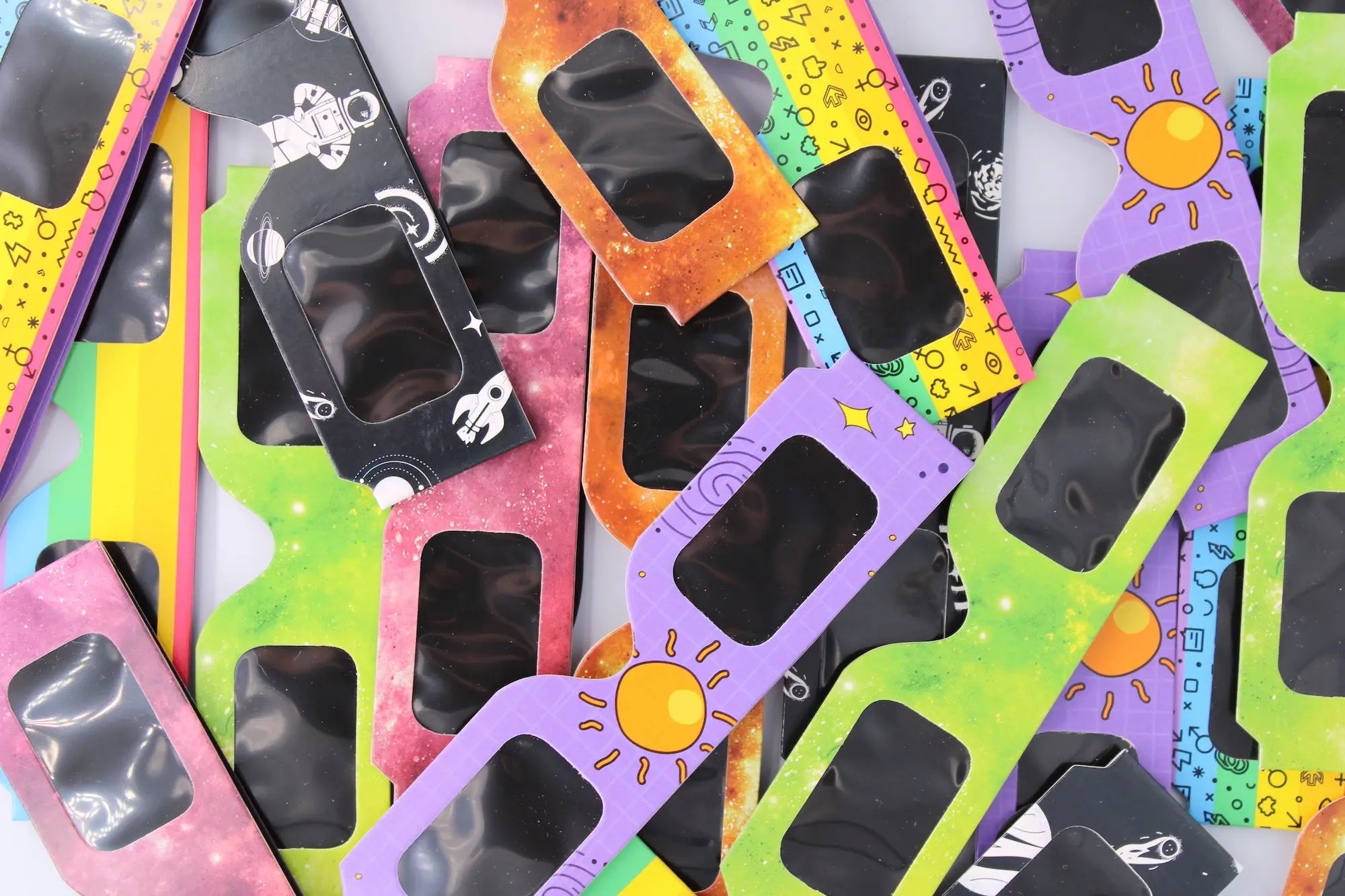Introduction
Eclipses have fascinated human beings for millennia. The celestial event in which the Moon temporarily blocks the light of the Sun creates a sense of wonder and awe. While these phenomena provide us with a unique opportunity to marvel at the universe, they also pose potential dangers that can seriously harm our eyesight. In particular, the need for proper eye protection, such as wearing eclipse glasses, cannot be overstated. This article aims to explore the importance of utilizing eclipse glasses during annular or total solar eclipses.
The Anatomy of Eclipses: Understanding Annular and Total Eclipses
Before delving into why eclipse glasses are essential, it's crucial to understand the different types of solar eclipses.
Annular Eclipse
In an annular eclipse, the Moon covers the Sun's center, leaving a ring-like appearance, often referred to as a "ring of fire." In this type of eclipse, the Sun's outer rim is still visible.
Total Eclipse
In a total solar eclipse, the Moon entirely blocks the Sun, casting a shadow on Earth and turning day into night for a brief period. During the event's climax, only the Sun's corona (its outer atmosphere) is visible.
The Danger to the Eyes
Ultraviolet Radiation
Staring directly at the Sun is never a good idea, but this is particularly true during an eclipse. The Sun emits ultraviolet radiation, which can cause a condition known as photokeratitis, akin to a "sunburn" of the eye.
Retinal Damage
More severely, gazing at the Sun's brilliance can cause solar retinopathy, a condition where the retinal tissues in the eye get damaged. The condition can lead to permanent vision issues or even blindness.
False Sense of Safety
During an eclipse, especially a total one, the sky darkens, and this can create a false sense of safety. Our pupils dilate in low light conditions, and without adequate protection, this allows even more harmful rays to enter our eyes when we look at the partially obscured Sun.
Why Regular Sunglasses Won't Cut It
Some may think that regular sunglasses offer enough protection during an eclipse, but this is a dangerous misconception. Standard sunglasses may block some UVA and UVB rays, but they don't block harmful infrared radiation. They also fail to filter the Sun's intense visible light adequately. Eclipse glasses meet the ISO 12312-2 standard, which ensures that they block all types of harmful radiation, including 100% of harmful ultraviolet, 100% of harmful infrared, and 99.999% of intense visible light.
The Science Behind Eclipse Glasses
Eclipse glasses are specially designed for safely viewing the Sun. They have filters made from black polymer or other materials like Mylar that allow only a minuscule fraction of light to pass through. Unlike ordinary sunglasses, they offer a much higher level of protection against all kinds of harmful rays. It's crucial to note that eclipse glasses should be free from any scratches or damages, as even minor imperfections can compromise their efficacy.
Alternatives to Eclipse Glasses
If eclipse glasses are unavailable, a pinhole projector is an alternative, indirect method for safe eclipse viewing. However, it doesn't offer the same direct, awe-inspiring view of the eclipse that you can get with eclipse glasses. Telescope and camera filters designed for solar viewing are also available but ensure they meet safety standards before use.
Concluding Remarks
As mesmerizing as annular and total solar eclipses are, they bring along the significant risk of eye damage when viewed without proper protection. Eclipse glasses, adhering to international safety standards, offer an accessible and effective means to enjoy these rare celestial events safely. In our eagerness to witness the extraordinary, we must not forget the necessity of safeguarding the ordinary – in this case, our precious sense of sight.



Share:
The Vital Importance of Wearing Eclipse Glasses During an Annular or Total Eclipse
What to Look For Before Purchasing Eclipse Glasses for the October Annular Eclipse